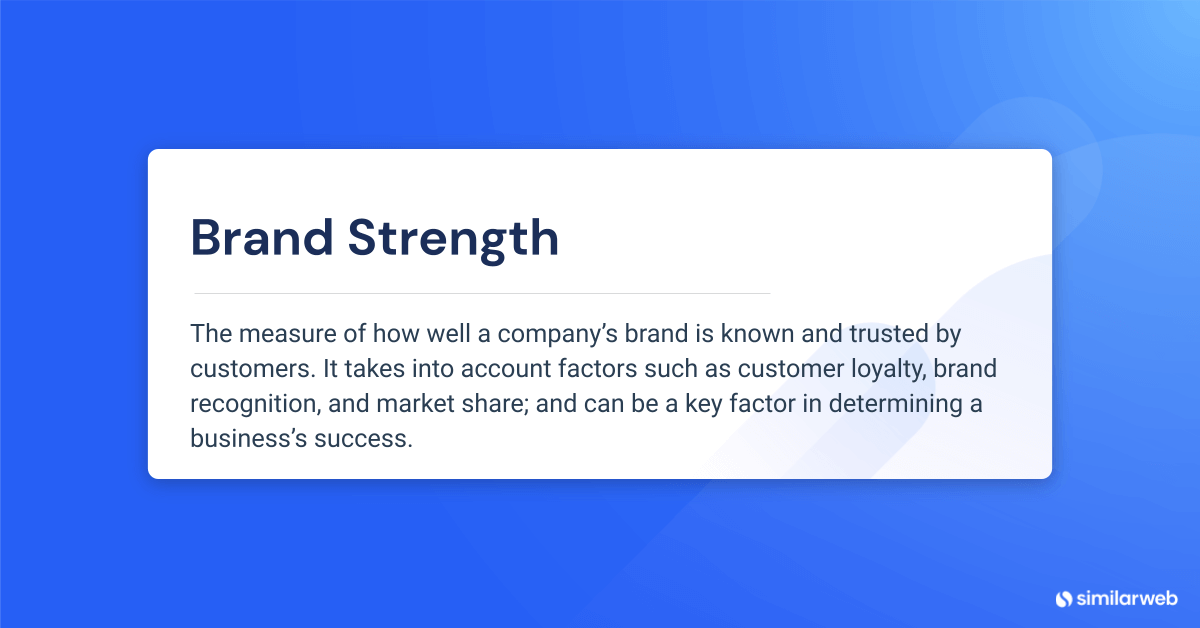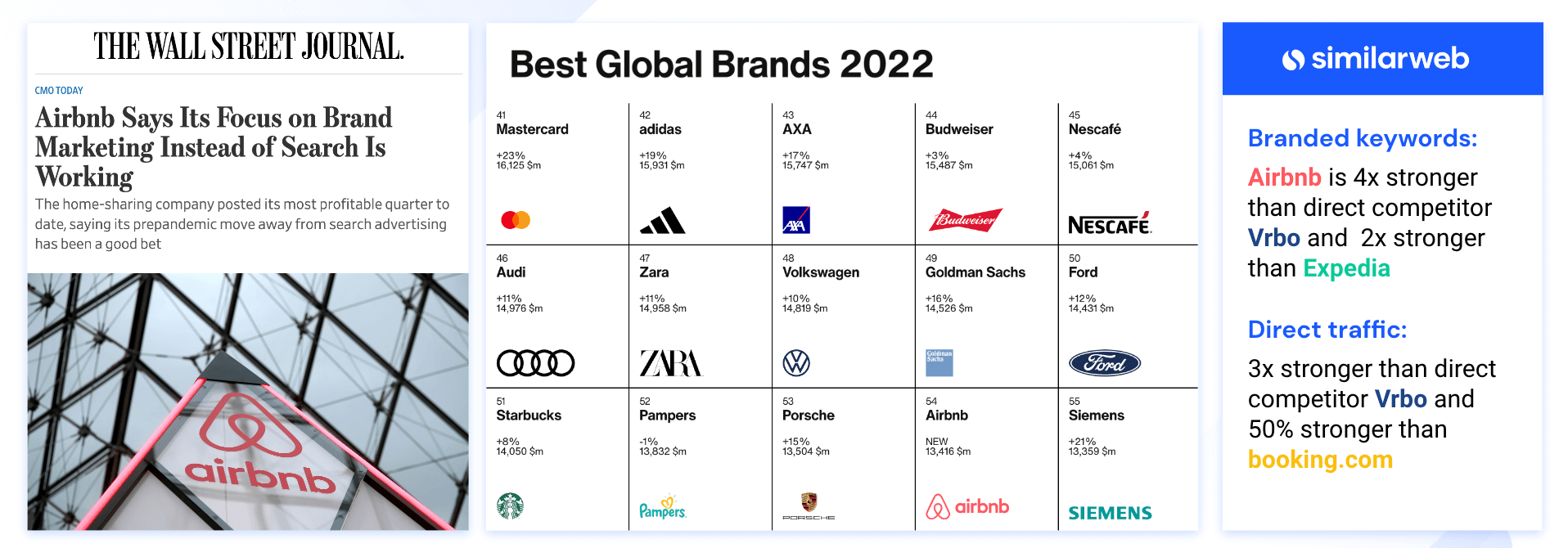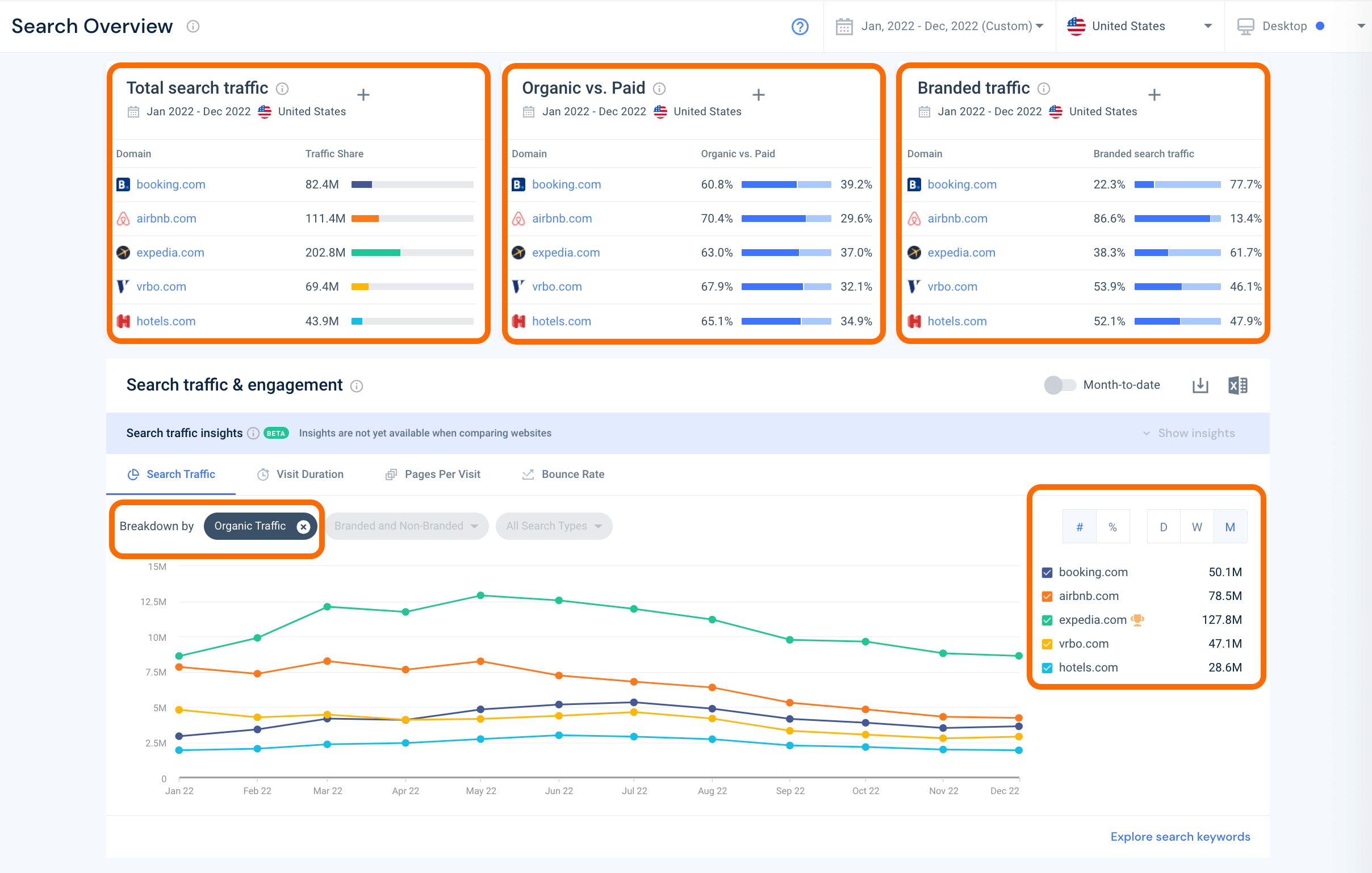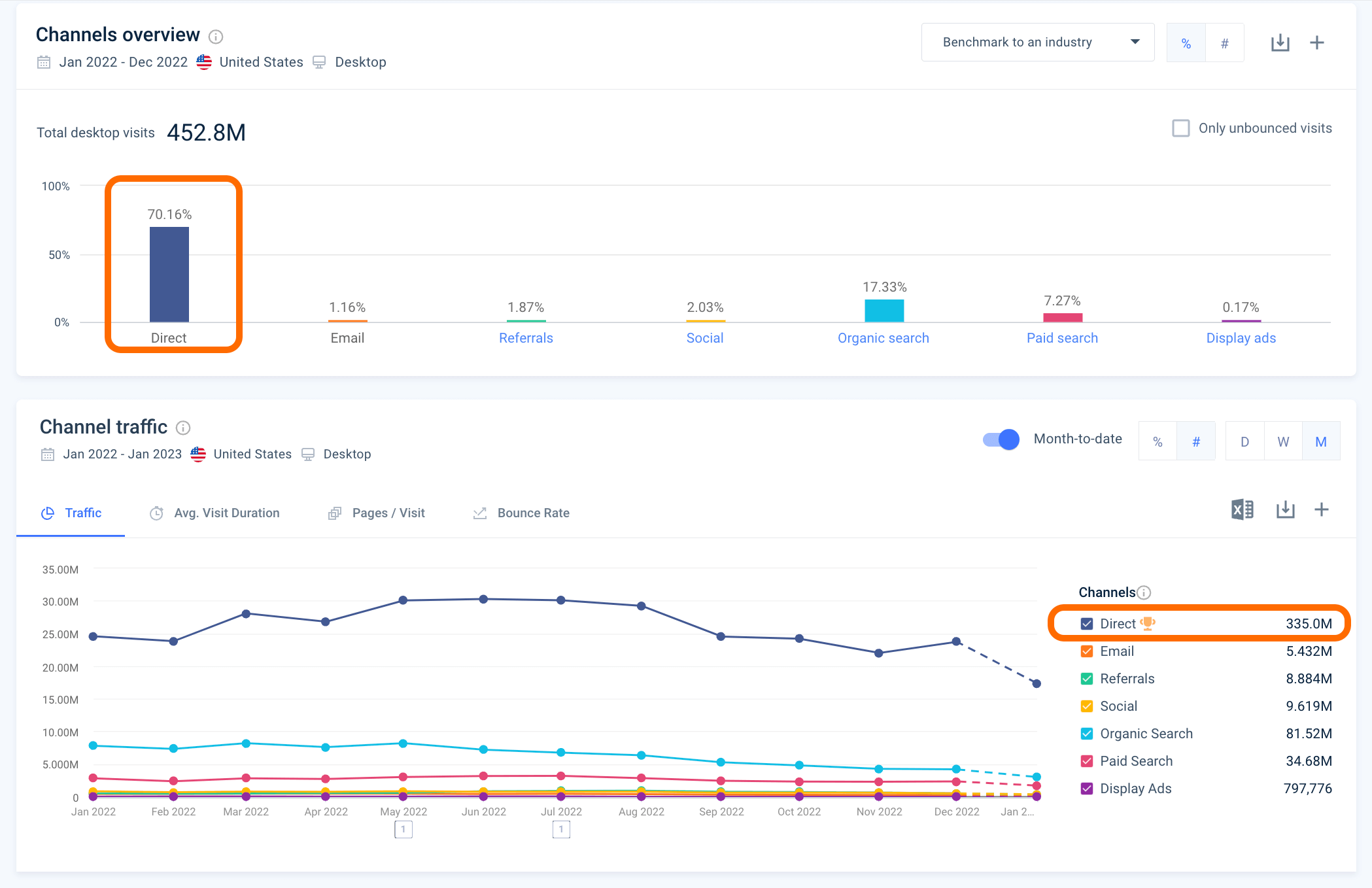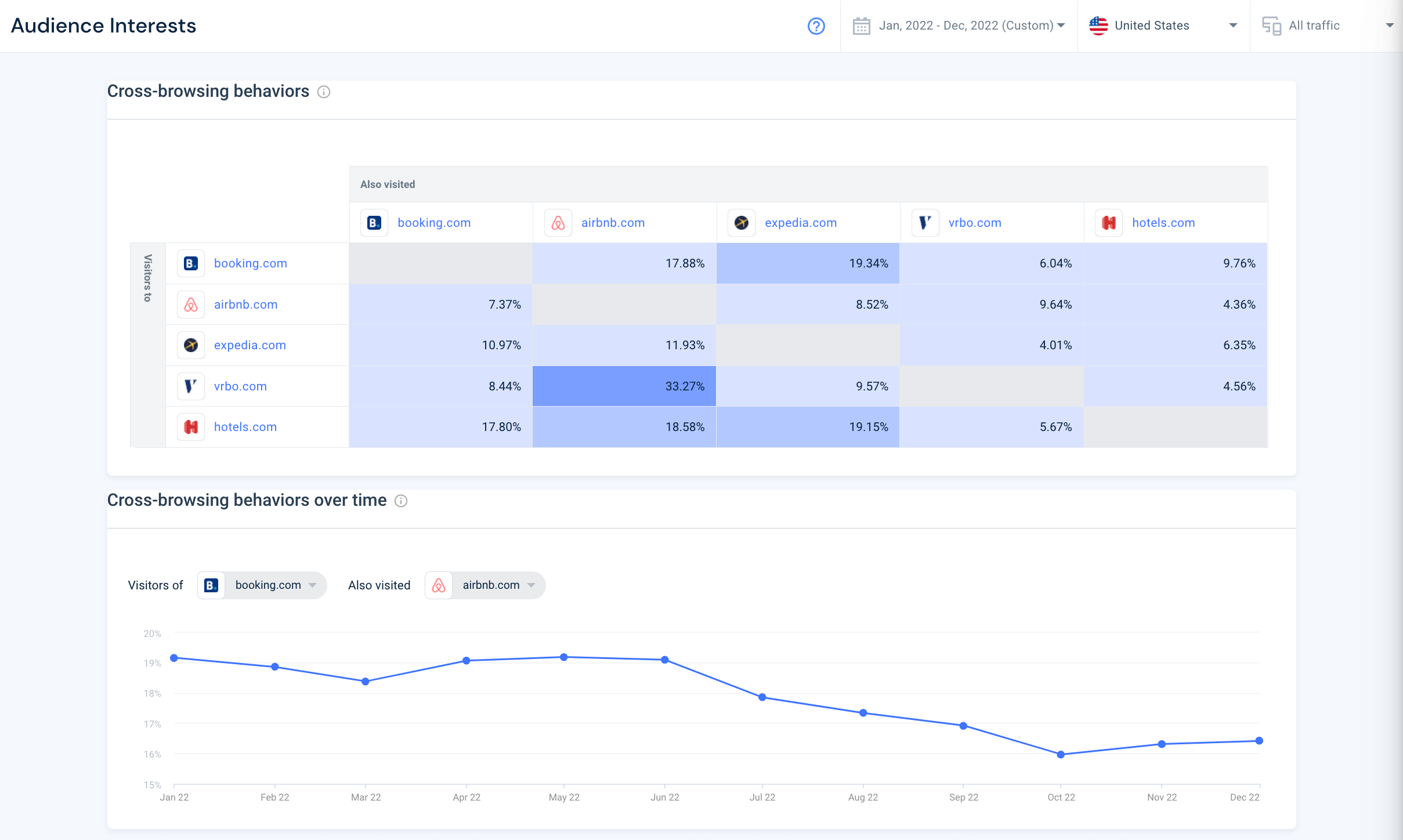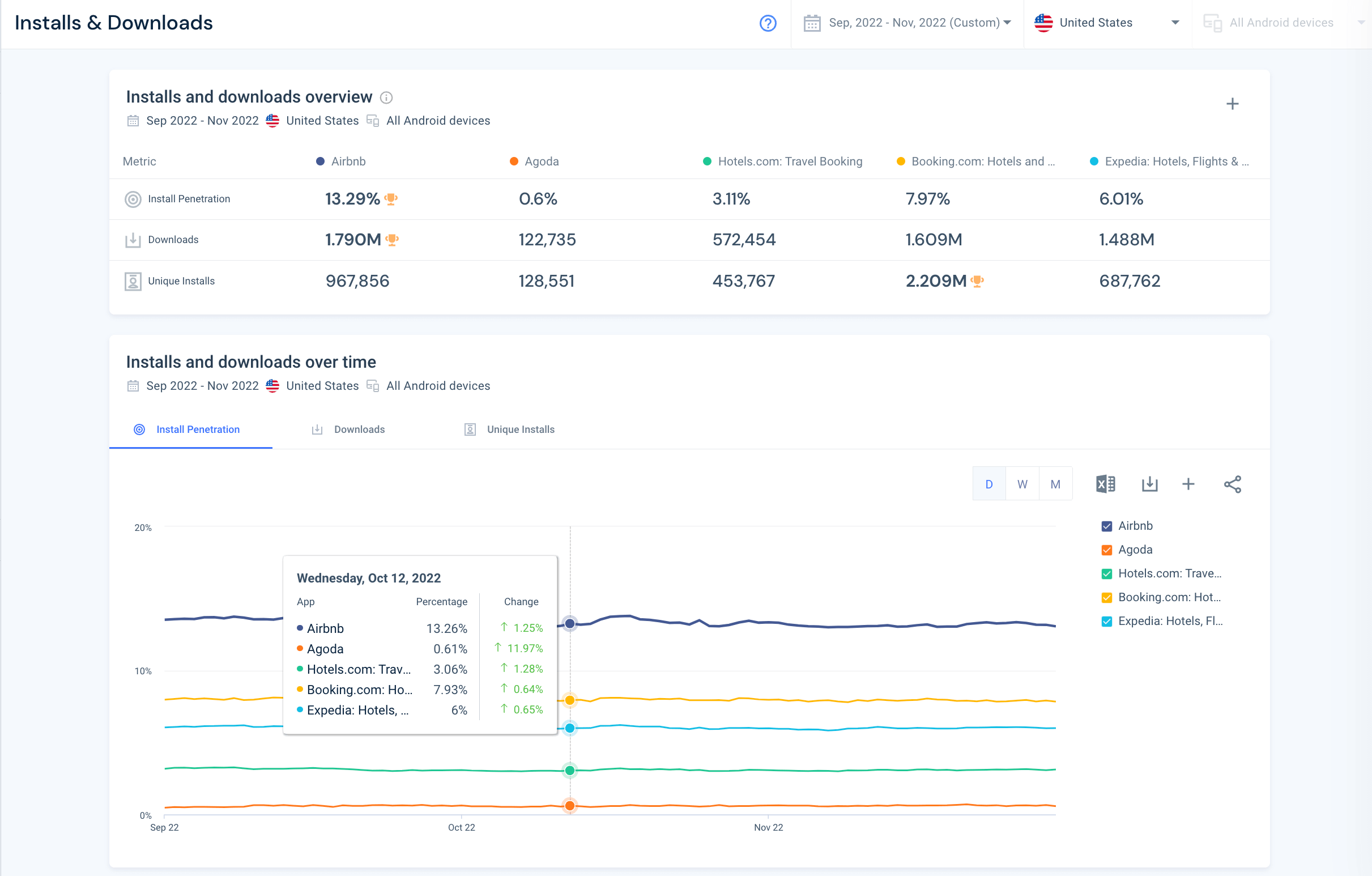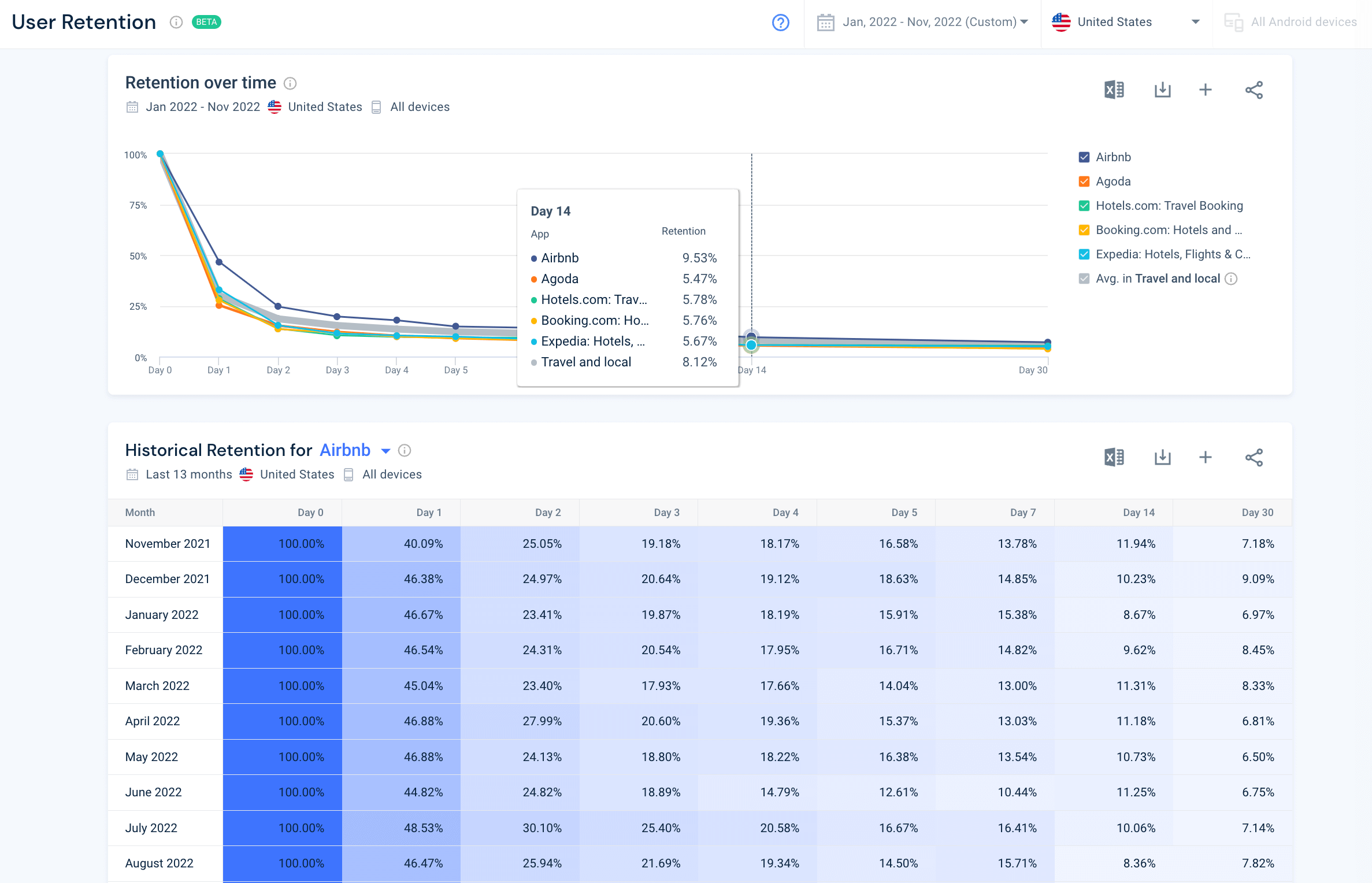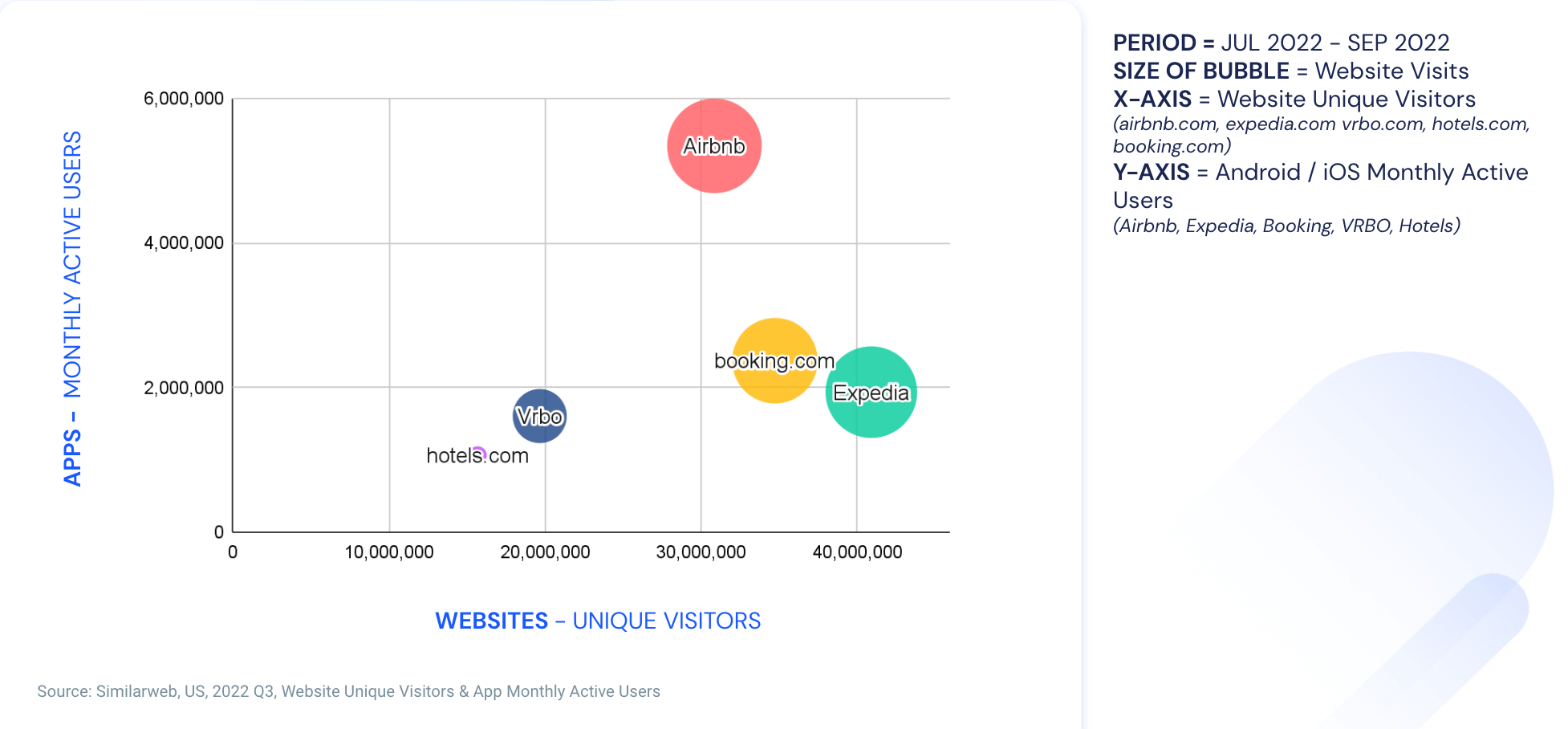Brand Strength: A Must-Have for Business Growth

A strong brand is the cornerstone of any successful business. It can be the key to attracting more customers, building loyalty, and increasing sales.
If you’ve already done the work needed to create a powerful brand that stands out in the market; how do you track brand strength and measure it throughout the year?
We explore traditional brand strength measurements and introduce you to a faster, smarter way to measure them.
What is brand strength?
Brand strength is defined as the measure of how well a company’s brand is known and trusted by customers. It accounts for factors such as customer loyalty, brand recognition, and market share. And it can be a key factor in determining a business’s success.
The importance of brand strength in business
Strong brands stand tall in their markets. They’re easily identifiable, well-regarded, and have a large and loyal army of advocates. Earning high brand strength doesn’t happen overnight. It comes from consistent deliverance and sustained performance over time.
Here are eight things strong brands have or do:
- Establish strong emotional connections with customers
- Stand out and are remembered
- Have established supply chains and relationships with suppliers or partners
- Deliver consistent messaging and visuals
- Create trust, loyalty, and meaningful relationships
- Differentiate themselves from rivals
- Have a distinct identity and tone of voice
- Well-defined services and products
Investors see strong brands as crisis-resistant.
Measuring brand strength: the traditional way
Companies measure brand strength in numerous ways; some are outsourced, and others are conducted in-house. While some of these legacy methods are still relevant, they’re far from efficient. Let’s examine some of these methods in more detail now.
1. Brand strength measuring model
Various market research firms, like Brand Finance, GFK, Nielsen, and BrandTrust offer this service to big brands. Reports like this are sometimes known as Brand Strength Index or BSI. Some examples of such reports include:
- The Brand Strength Index by BrandFinance
- The Brand Assessment Model by GFK
- Brand Trust Performance Monitor by BrandTrust
Brand Strength Index (BSI) is an objective measure that evaluates a brand’s performance across multiple factors, such as brand awareness , customer loyalty, and market share. The BSI is designed to provide a comprehensive indication of a brand’s performance relative to its competitors. It is typically used to track the progress of a brand over time and can also inform marketing and branding strategies.
These reports need to be commissioned, and they take time to conduct. Plus, being outsourced relinquishes some control, as brands become reliant on external sources to tell them what they could easily discover for themselves. As brands seek to track changes over time, the ongoing costs soon add up.
2. Social listening campaigns
Another way to measure brand strength is by monitoring the conversations around a brand, product, or service across social media. Brands use this data to analyze customer sentiment and track the effectiveness of their marketing and branding efforts. Through social listening, companies can determine which messages and campaigns resonate with their target audience, identify emerging trends and topics, and measure the impact of their campaigns. They can also use this data to inform and optimize their content, product offerings, and customer service.
While this method is useful, there is no quick and easy way to measure relative brand strength against rivals in a market. Plus, not all brands and markets are fully represented across social media, so it has limitations, potential for bias, and it takes time.
3. Surveys
Surveys are useful for measuring brand strength as they can uncover key information about customer opinions, perceptions, and experiences with a particular brand. They can measure brand awareness, brand loyalty, and customer satisfaction. However, as the data obtained is declarative in nature, this presents brands with known challenges around bias, inaccuracy, and overclaim.
Most of us know about the notorious do-say gap: the difference between what people say they do, and what they actually do. This can be tricky for market research professionals, as survey data they collect may not give an accurate picture of what’s really going on.
While insightful, as a standalone tool for measuring brand strength, surveys don’t give big brands the information they need to make actionable, data-driven decisions.
Measuring brand strength: the digital way
As we usher in a new era of digital intelligence, Similarweb empowers brands with access to dynamic market data, which delivers the measurements, metrics, and insights needed to succeed.
By looking at the actual behavior of customers, professionals get a better understanding of customer needs and preferences, so they can make better, more informed decisions. Similarweb’s intelligence engine analyzes billions of digital signals daily; making it possible for companies to track brand strength quickly, accurately, and more easily than ever before.
With Similarweb Research Intelligence, brands can analyze performance and do brand tracking on the fly in a matter of minutes.
A better way to do brand strength analysis
Over the years, brands have adopted many methods of measuring their brand power. Not all of these are effective, nor do they deliver up-to-date results that reflect changes over time. Traditional methods of measuring brand strength take a point-in-time perspective, and while useful, like most legacy processes, the data swiftly becomes outdated.
Enter, Similarweb.
Brand tracking made easy
Modern brands need to keep a finger on the pulse at all times, and staying close to brand performance metrics means companies can respond quickly to changes. Consumer behavior and trends can shift overnight, potentially driving opportunity dollars toward or away from a business. Consumers receive information faster than ever, and to keep up with a rapidly shifting landscape, brands need to track sentiment and brand strength frequently.
Traditional methods of measuring brand strength cannot compete with modern adaptations of the process. For digital natives, this slick and quick approach lets them compete harder and faster in their markets.
Let’s look at how Similarweb is transforming the ways brands measure their performance and how competitors can track brand strength on key rivals quicker than many brands can themselves.
Tracking brand strength: key metrics
Using four digital metrics, brands can quickly and easily measure their performance across a market, be that of their own or that of their rivals.
Branded search volume
What it is: This measures queries made via search engines that include the brand name.
Why it’s relevant to brand strength: A higher branded search volume indicates higher brand strength. It’s a good indicator of how well-known and recognized a brand is and can also show how much people are interested in it. A high branded search volume shows that the brand is strong and popular and that people actively seek out the brand or its products.
Using Similarweb’s website performance metrics, you can view the performance of branded traffic over time. It’s easy to see how branded searches shift on a month-to-month basis, and track rival brands performance too.
Organic traffic volume
What it is: This measures the number of visitors to a website as a result of ‘unpaid’ organic search results only. It discludes traffic that is paid for, direct traffic, and referrals, be they from email, social media, or another source.
Why it’s relevant to brand strength: This metric can be used to gauge a brand’s popularity and reach, as a high organic search volume can indicate that the brand is getting a lot of consumer attention. It can also be used to measure the effectiveness of a brand’s SEO efforts, as a high organic search volume means the brand ranks highly for relevant keywords and phrases. Ultimately, a high organic search volume is indicative of strong brand strength, as it shows that the brand resonates with consumers and is being seen by a large audience.
Similarweb’s search overview clearly shows organic traffic performance over time. Allowing you to track competitors’ results alongside your own. You can see total search volumes, a breakdown of organic vs. paid search traffic, and a split of branded vs. non-branded traffic.
Helpful: How to Increase Organic Traffic to Your Website: A Step-by-Step Guide
Direct traffic volume
What it is: Direct traffic comes from those with an existing awareness of a business. Visitors attributed to direct traffic channels are typically customers or brand advocates who already know or are engaged with the business.
Why it’s relevant to brand strength: Direct traffic can be used to assess brand strength from both a demand and awareness perspective. This is a good indication of brand strength because it shows that people are familiar with the brand and actively seeking out its website. This could indicate that the brand is a trusted source of information or products and that people are actively engaging with it.
Simlarweb’s marketing channels overview lets you hone in on direct traffic. Showing you how traffic trends change over time. Higher levels of direct traffic show strong brand awareness, and you can click to view industry benchmarks in an instant to see relative performance across a market.
Audience cross-browsing behavior
What it is: The audience loyalty metric shows the number of visitors (as a percent) that visit the site exclusively vs. those who visit two or more sites in a single session. The higher the percentage of exclusive visitors to a site, the greater its loyalty. It’s a great measure of how many people continue to engage with a brand over time.
Why it’s relevant to brand strength: A high audience loyalty indicates that a brand has strong relationships with its customers who are actively choosing to stay loyal and engaged. This is a sign of good brand strength because it shows that people are interested in the brand and are likely to return for more. It also shows that the brand has a strong connection with its customers and is likely to be successful in the long term.
Using demographic data within the website analysis module, you can view the cross-browsing behaviors of an audience. It shows brand loyalty and highlights which rival sites are being visited by users, with a clear percentage and changes tracked over time.
If you’ve got a mobile app, then you can use a slightly different metric in Similarweb app intelligence to see similar results.
Mobile app metrics – installs & downloads
What it is: Installs and downloads shows three key data points for app analysis:
- Install penetration:the average percentage of devices in a defined market with the app installed.
- Downloads: estimated sum of all app downloads from the app store. This can include multiple downloads from the same device or user account.
- Unique installs: these installs are only counted once, based on the user’s unique Google Play account, so if an app is updated or reinstalled, it is not counted in this figure.
Why it’s relevant to brand strength: A higher level of install penetration signals a greater interest in the target app vs. others in the same market. Similarly, the unique installs number shows how many new customers are choosing to engage in a closer relationship with a business. It’s important to distinguish between downloads vs. unique downloads, as customers who delete the app, then redownload it could indicate periodic disengagement with a brand or potentially be indicative of technical issues with an app.
Continuing with the travel sector, I can see Airbnb app commands the highest install penetration rate in its market.
Far higher (almost double) than it’s closest rivals: booking.com app and Expedia app. While it has the highest download numbers, booking.com have done a far better job at attracting new mobile app customers; with 2.2 million downloads compared to AirBNBs 1.79 million.
Mobile app metrics – user retention
What it is: Mobile app user retention shows the percentage of users who continue to engage with an app, 30 days after the app was first opened.
Why it’s relevant to brand strength: A high level of user retention reflects the portion of people who found enough value in the product to return and re-engage following their initial download. It indicates product stickiness, perceived value, a good user experience, and, potentially, higher monetization levels.
Higher retention rates show customers are connected and regularly engaging with a brand via its app. This signals better brand strength than others with lower retention rates and likely higher rates of churn.
Here, we can see a snapshot taken from Similarweb app intelligence, where I’m comparing all key players in the travel app market. It shows me user retention across all companies, from day 0 (when the app was first opened), to day 30. The graph shows AirBNB consistently outperforming rivals. The table below lets me choose one business to analyze in greater detail.
Brand strength example
Here, we analyze brand strength in the travel sector by comparing two Similarweb metrics: branded search volume and direct traffic volume. We can see Airbnb has the best results, leaving rivals far behind.
These days, it’s not all about web traffic. Mobile app adoption is another indicator of brand strength, as app users are typically more engaged, more loyal, and spend more. So, let’s look at mobile app intelligence for these players.
Here, we’ve plotted the number of monthly active users vs. unique website visitors. This, again, shows Airbnb is leading the pack with far higher app adoption than others in their space.
Summing up brand strength
Today’s markets move fast, and companies need to be able to measure brand strength dynamically. Similarweb’s digital metrics and insights make it easy to perform brand tracking on the fly and empower brands by helping them quickly, easily, and effectively watch how their own and rival brands perform over time.
By leveraging data-driven insights, businesses can make informed decisions and have a competitive edge in a digital-first world.
The difference is our data: read more about Similarweb’s unique data methodology
FAQs
How is brand strength measured?
Brand strength is typically measured through customer surveys, market research, and brand metrics such as brand awareness and loyalty.
Why is brand strength important?
Brand strength is important because it helps a business stand out from competitors and build trust with customers.
What are the four elements of a strong brand?
The four elements of a strong brand are: clarity, consistency, resonance, and impact.
Are brand strength and brand equity the same thing?
No, brand strength and brand equity are not the same things. Brand strength measures how well a brand is recognized and regarded by customers, while brand equity is the value of a brand in the marketplace.
Track your digital metrics and grow market share
Contact us to set up a call with a market research specialist
